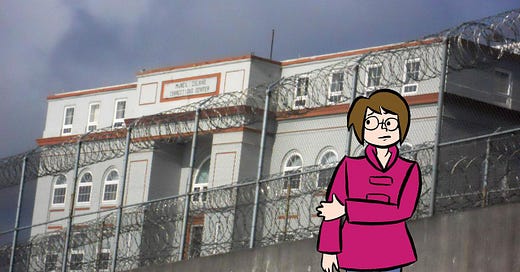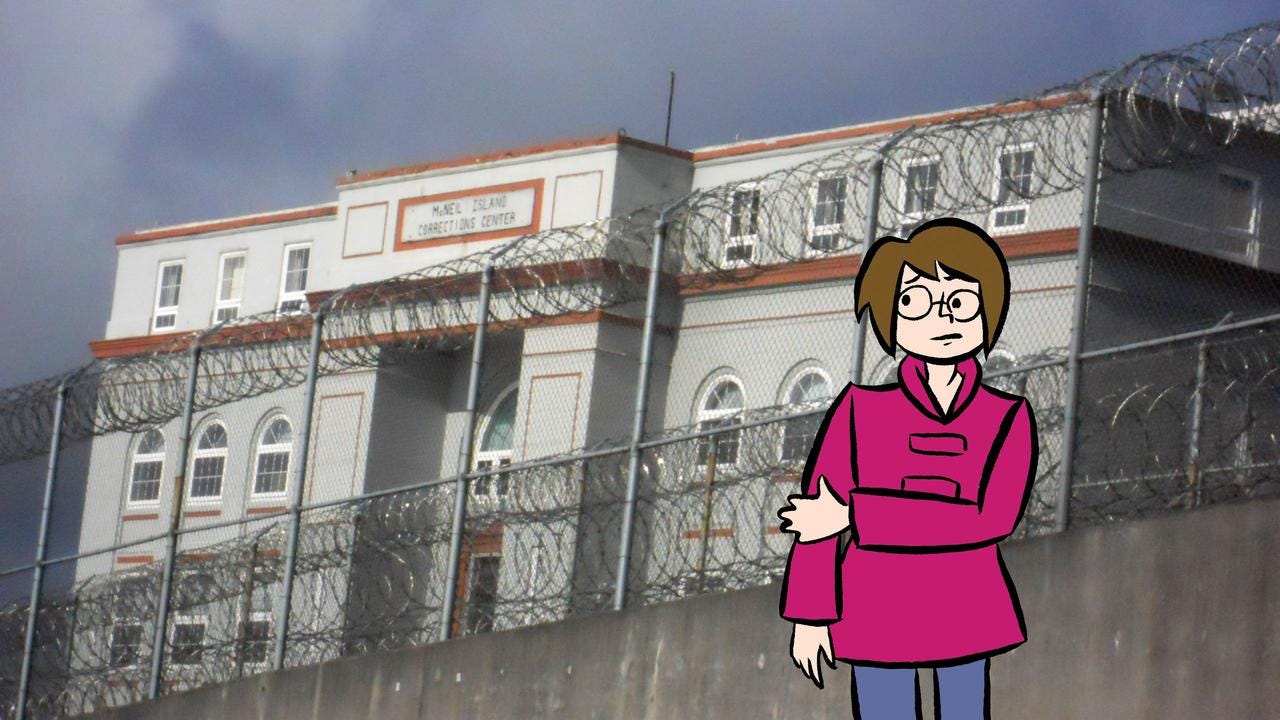My Childhood on Inmate Island
Growing up on a remote prison compound made for an oddball upbringing, but the hardest thing I ever had to do was leave.
Keep reading with a 7-day free trial
Subscribe to Narratively to keep reading this post and get 7 days of free access to the full post archives.




